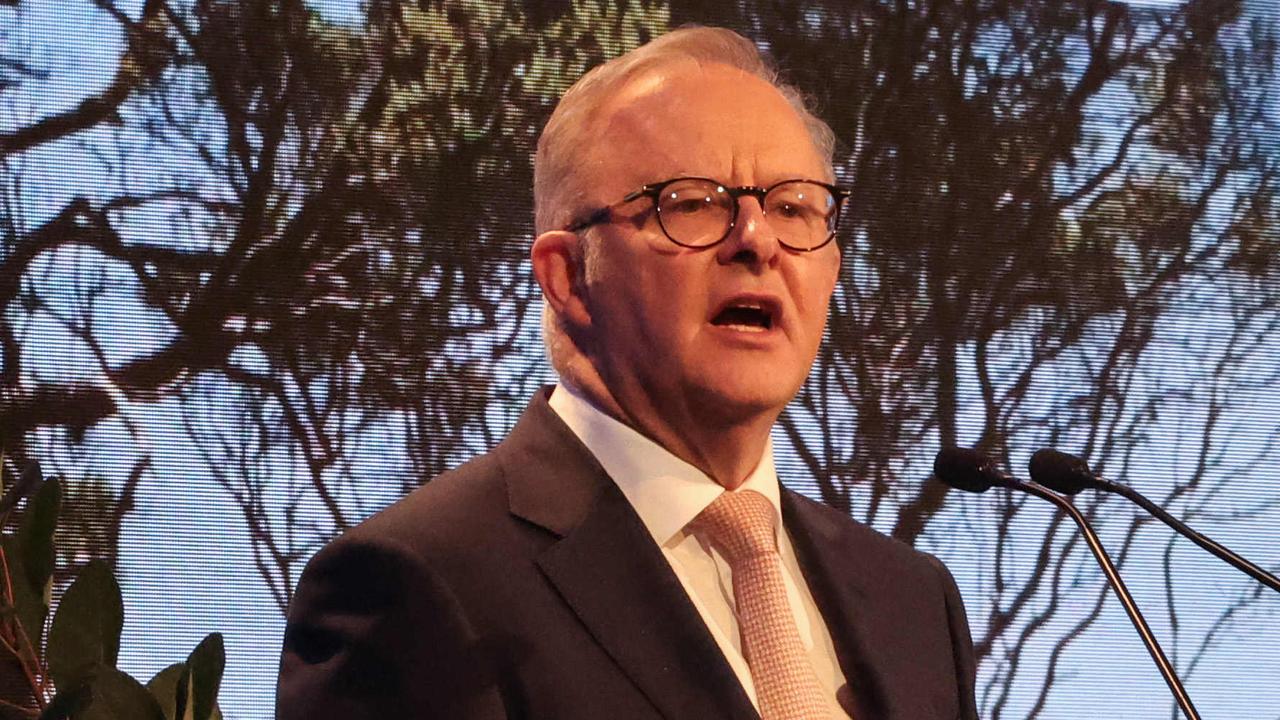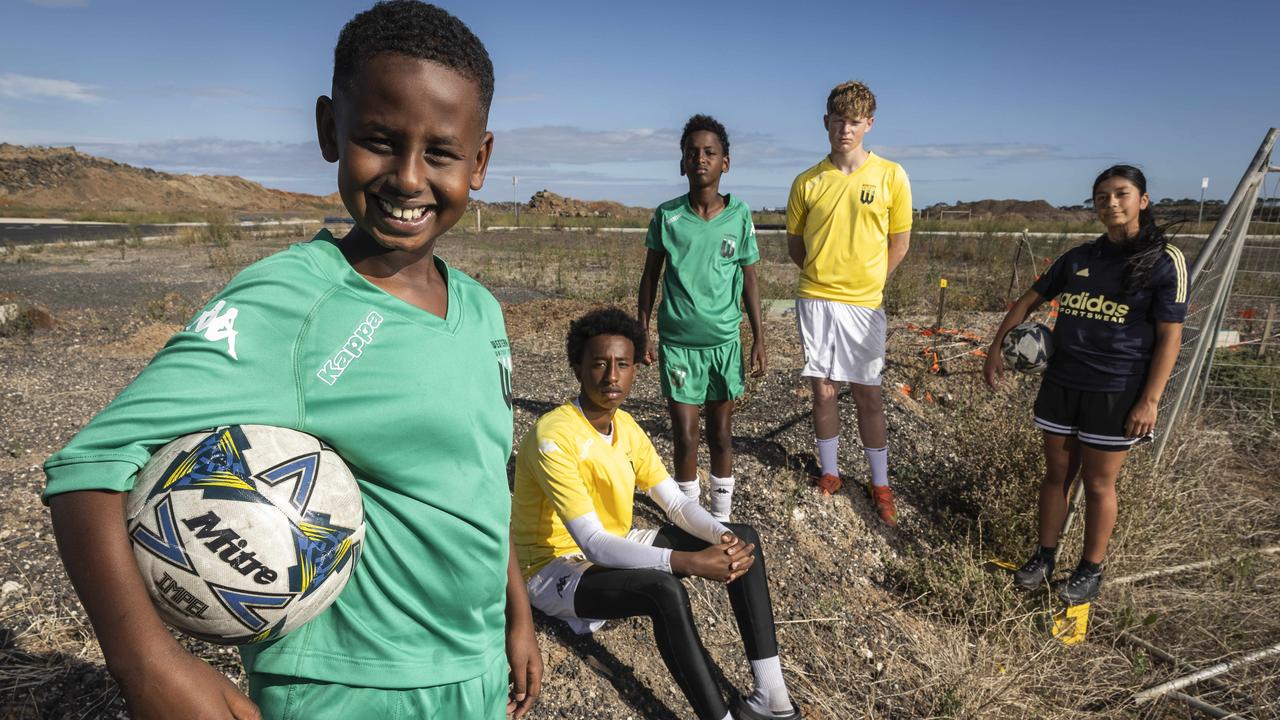Melbourne will be nation’s biggest city by 2027 with population of 5.7m
Melbourne will overtake Sydney and regain its title as Australia’s largest city by 2027 with a population of 5.7 million.
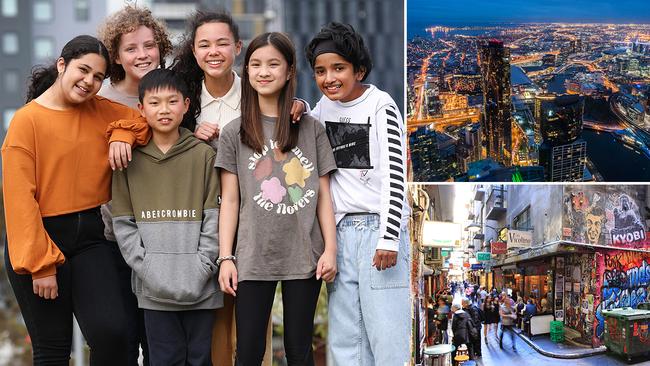
Future Victoria
Don't miss out on the headlines from Future Victoria. Followed categories will be added to My News.
Melbourne is set to regain a title that it hasn’t held for more than 100 years – the nation’s biggest city.
In late January 2027, experts forecast that Melbourne will overtake Sydney to become the number one metropolis as its population approaches 5.7 million.
According to federal government data it might have happened significantly earlier had it not been for the Covid pandemic wiping out overseas migration.
Social researcher Mark McCrindle said Melbourne would again be in the box seat for growth as the country reopened.
“Melbourne was not the world’s most liveable city for six years out of a decade for nothing,” he said.
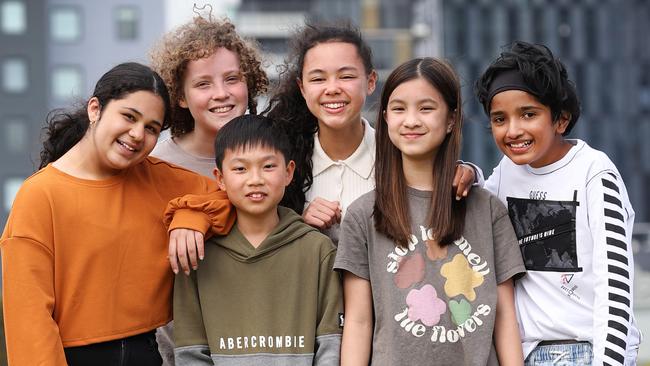
“While it’s lost the glow in lockdowns, and the crown of the CBD and the cultural and artistic and events primacy, obviously that will come back.”
Melbourne now has about 5.17 million people – about 185,000 fewer than Sydney.
The Victorian capital was the nation’s leader after the 19th-century gold rush, but the Harbour City took the mantle about 1902 as the shine of Marvellous Melbourne wore off.
By June 2030, Melbourne is projected to have 6.045 million people compared to Sydney’s 5.9 million.
But is bigger necessarily better?
Mr McCrindle said the pandemic had shown that smaller Australian cities without the global connections of places like Melbourne and Sydney had demonstrated more flexibility, and didn’t suffer the same prolonged lockdowns.
“And with many people going into regional living and enjoying the lifestyle benefits with that, being a massive and largest capital, perhaps at least for now, doesn’t have the gravitas that it did once,” he said.
But Mr McCrindle said Melbourne would continue to attract people because of its vast infrastructure, multiple working locations and available land for settlement.
“People, particularly young families, are looking for house and land, for the detached home, and Melbourne can continue to provide that and at lower cost compared to Sydney,” he said.
Melbourne legendary socialite “Captain” Peter Janson said the city deserved to be number one again.
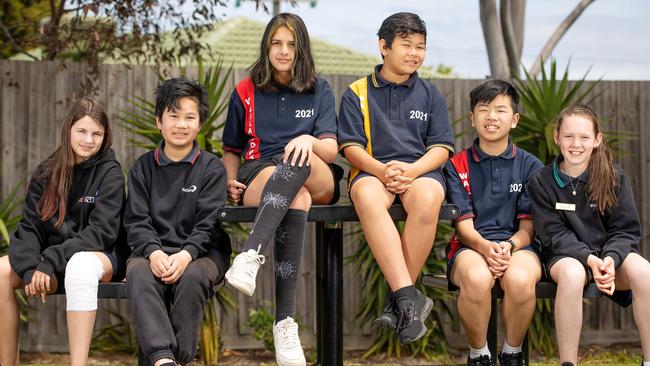
“It’s got everything going for it, it’s got the best food, it’s got everything that people will kill for, which no other city has really got,” he said.
Mr Janson, who pioneered living in the CBD in the 1980s, said the city would recover quickly from shutdowns.
“I love living in the city, I’m an ambassador for Melbourne,” he said.
Lord Mayor Sally Capp said she looked forward to Melbourne becoming No.1 again.
“I welcome it because it goes very much to the strong foundations that we have here in Melbourne as a major place for good job opportunities, as a terrific place to live, as a great place to have fun,” she said.
“Everything that drives not just our economy, but who we are and what we like to enjoy – all of the elements of our society are people-driven.”
Ms Capp said that Melbourne had last been in the dumps amid the early 1990s recession, but civic programs and policies put in place after that had led to it becoming the world’s most liveable city for many years.
“Maintaining that reputation means that we know we can attract our fair share of talent from around Australia and globally, that we will attract our fair share of investment, and that we can give people some confidence that they can pursue their passions and their careers, and be able to have a very fulfilling life in Melbourne,” she said.
The Lord Mayor said that population growth had to be carefully managed, but Melbourne was the envy of many cities around the world for development opportunities in inner-city places, such as Docklands, Fishermans Bend and the Arden precinct.
MIGRANTS TARGET MELBOURNE’S WEST
Arrivals from India are set to continue dominating Melbourne’s migrant growth in coming years, but geopolitical factors could dampen the influx from China, an expert warns.
Meanwhile, Victoria has been welcoming significant numbers from countries like Colombia, Nepal and South Korea.
An insight into Melbourne’s migrant settlement pattern can be found on the urban fringe.
Many of Victoria’s Indian arrivals settle in Melbourne’s outer west in places like the City of Wyndham, which includes Tarneit, Werribee and Hoppers Crossing.
In 2020-21, Wyndham had the second biggest growth in migrant numbers of any Victorian municipality — and Indians would have dominated that settlement.
Victoria’s Indian community is now our biggest migrant group, eclipsing even the British-born whose share of the annual migrant intake started slumping decades ago.
While pandemic border closures slashed our migrant intake over the last 18 months, the number of Indian arrivals was still double that of the next biggest group — the Chinese.

Adult Migrant Education Services chief executive Cath Scarfe said emerging and growing communities included Colombians and Venezuelans.
“Other groups starting to build are from Sri Lanka, Nepal, and South Korea — many of whom came first as international students,” she said.
“Victoria offers everything that migrants are looking for.”
“It’s the amazing job opportunities, great education — there’s a good mix of inner city, cosmopolitan kind of living, but also regional, without it being too far away.”
“We see lots of migrants and refugees settling in Ballarat, or Bendigo, Shepparton and Geelong.”
Colombian migrant Monica Hernandez Mattos settled in Melbourne with her family in 2017.
“It’s a very vibrant city, as Latino person I’m so loud, I go to parties, I go to music,” she said.
“I like seeing different people from different cultures.”
Ms Hernandez Mattos, a psychologist who has a job with WorkSafe, said her family liked the feeling of contributing to the community and were thankful to Australia for accepting them.
“We enjoy the footy, we love this country so much,” she said.
More Coverage
Read related topics:Future Victoria



